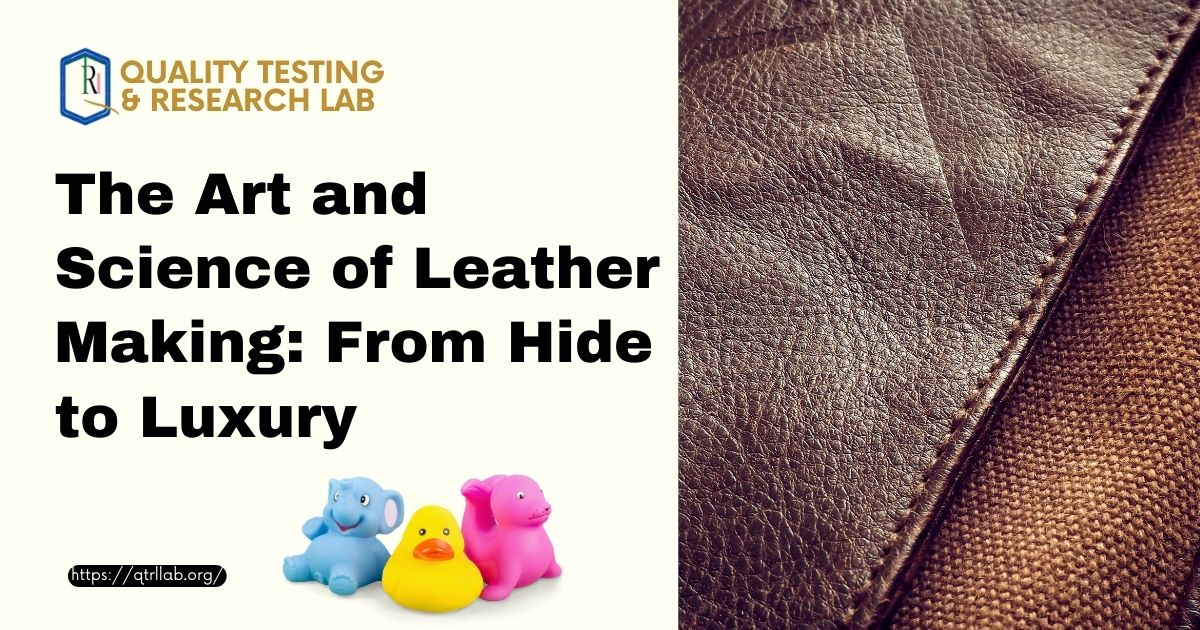Leather, with its timeless appeal and versatility, has been a cherished material for centuries. Whether it graces our shoes, bags, or furniture, the journey from raw animal hide to supple leather involves intricate processes. Let’s delve into the fascinating world of leather production, exploring each step and the challenges faced along the way.
1. Preparatory Stages: Crafting the Canvas
The transformation begins with meticulous preparation. Raw hides, sourced from animals like cattle, sheep, or goats, undergo a series of essential steps:
- Preservation: Treating the hide to prevent decay.
- Soaking: Reintroducing water for washing and rehydration.
- Liming: Removing hair and proteins.
- Unhairing: Getting rid of most hair.
- Fleshing: Eliminating subcutaneous material.
- Splitting: Cutting the hide into layers.
- Reliming and Deliming: Further protein removal.
- Bating: Softening the hide.
- Degreasing: Stripping natural fats.
- Frizing: Removing the fat layer.
- Bleaching: Modifying pigments for lighter color.
- Pickling and Depickling: Adjusting pH for tanning.
2. Tanning: The Alchemical Transformation
Tanning is the magical process that turns raw hide into leather. Here’s how it works:
- Raw Hides vs. Tanned Hides:
- Raw hides dry out to a hard, inflexible material that putrefies when re-wetted.
- Tanned leather remains flexible even when wet, thanks to chemical changes in the protein structure.
- Types of Tanning:
- Vegetable Tanning: Uses plant extracts like oak bark or mimosa.
- Chrome Tanning: Involves chromium salts for faster results.
- Other Methods: Aldehyde, oil, and synthetic tanning.
3. Crusting: Shaping the Leather
After tanning, the leather enters the crusting phase, where it acquires specific properties:
- Coloring: Dyes or pigments are added.
- Drying: Ensuring the right moisture content.
- Buffing: Smoothing the surface.
- Staking: Softening and stretching.
- Embossing: Creating patterns.
- Finishing: Applying protective coatings.
4. Surface Coating: The Final Flourish
For added durability and aesthetics, leather may undergo surface coating:
- Waxing: Enhancing water resistance.
- Oiling: Nourishing and softening.
- Protective Finishes: Shielding against wear and tear.
5. Environmental Considerations
Leather production isn’t without impact:
- Chemicals: Tanning involves chemicals, affecting the environment.
- Sustainable Practices: Efforts to minimize harm include eco-friendly tanning methods and waste reduction.
Certainly! The Indian leather industry is a significant contributor to the country’s economy. It ranks among the top ten foreign exchange earners due to consistent high export earnings. In the fiscal year 2020-21, India exported footwear, leather, and leather products worth US $3.68 billion. The industry benefits from abundant raw materials, skilled manpower, innovative technology, and compliance with international environmental standards. It provides employment to approximately 4.42 million people, including women. India is a major exporter of leather garments, saddlery, harness, and leather goods. The sector’s strengths include its own raw material source, eco-sustainable tanning base, modernized manufacturing units, skilled workforce, institutional support, and presence in major markets. The Indian leather industry combines tradition, innovation, and global reach.
Conclusion: The Craftsmanship Lives On
Leather making is both an art and a science. Each tannery weaves its unique magic, turning raw hides into luxurious leather. As consumers, let’s appreciate the craftsmanship, choose sustainably, and cherish the timeless allure of leather.
Remember, behind every leather product lies a story of transformation—from humble hide to exquisite luxury. 🌿🔗






